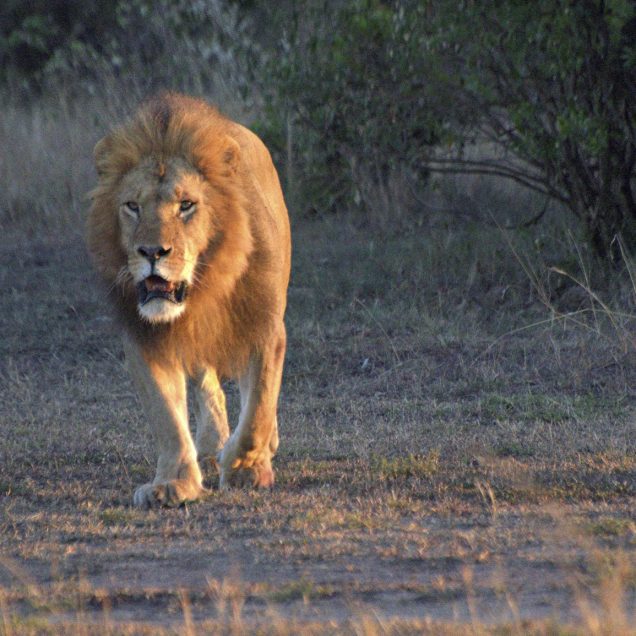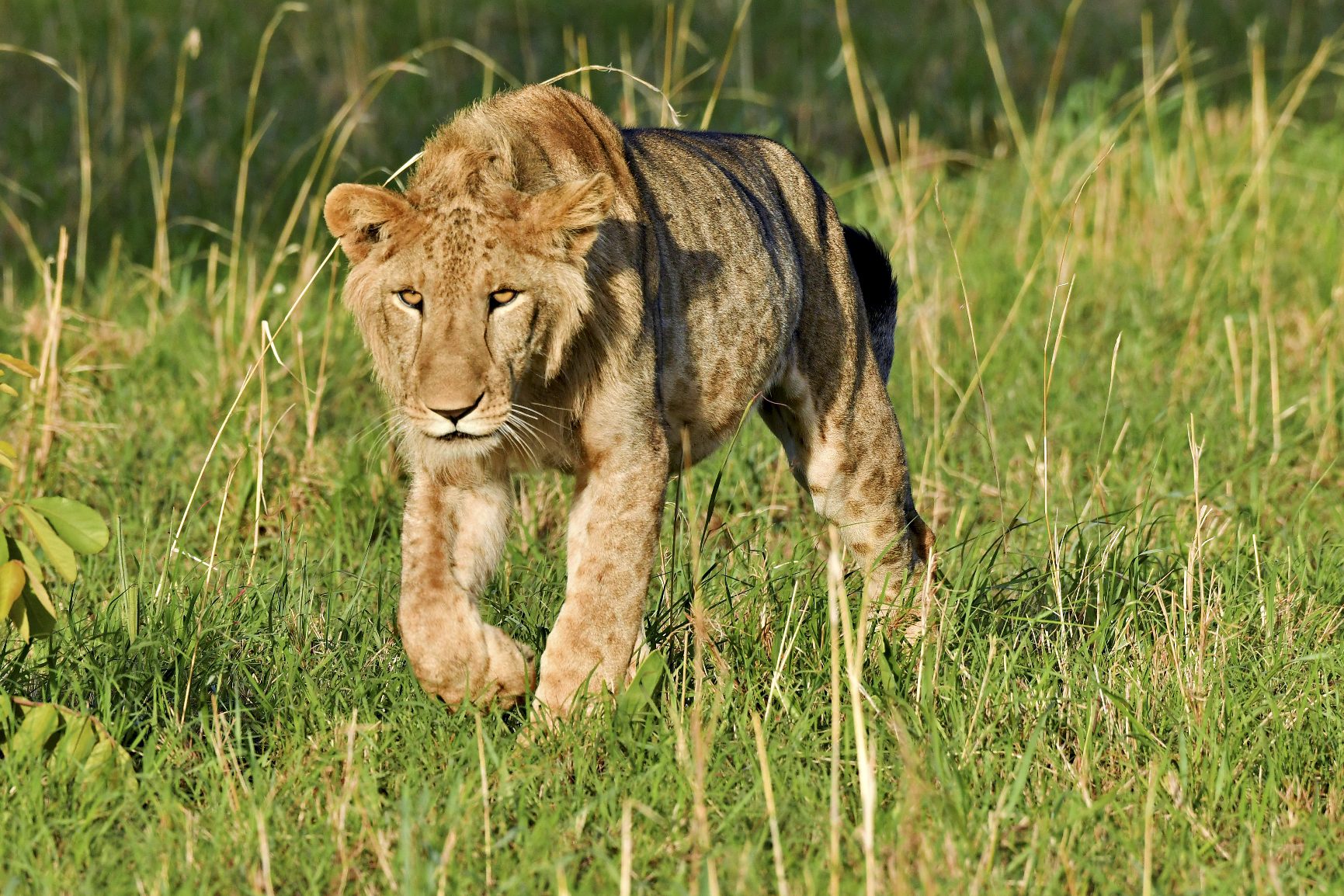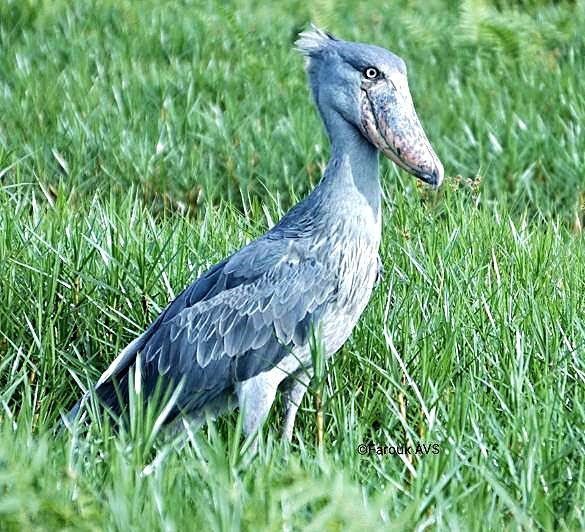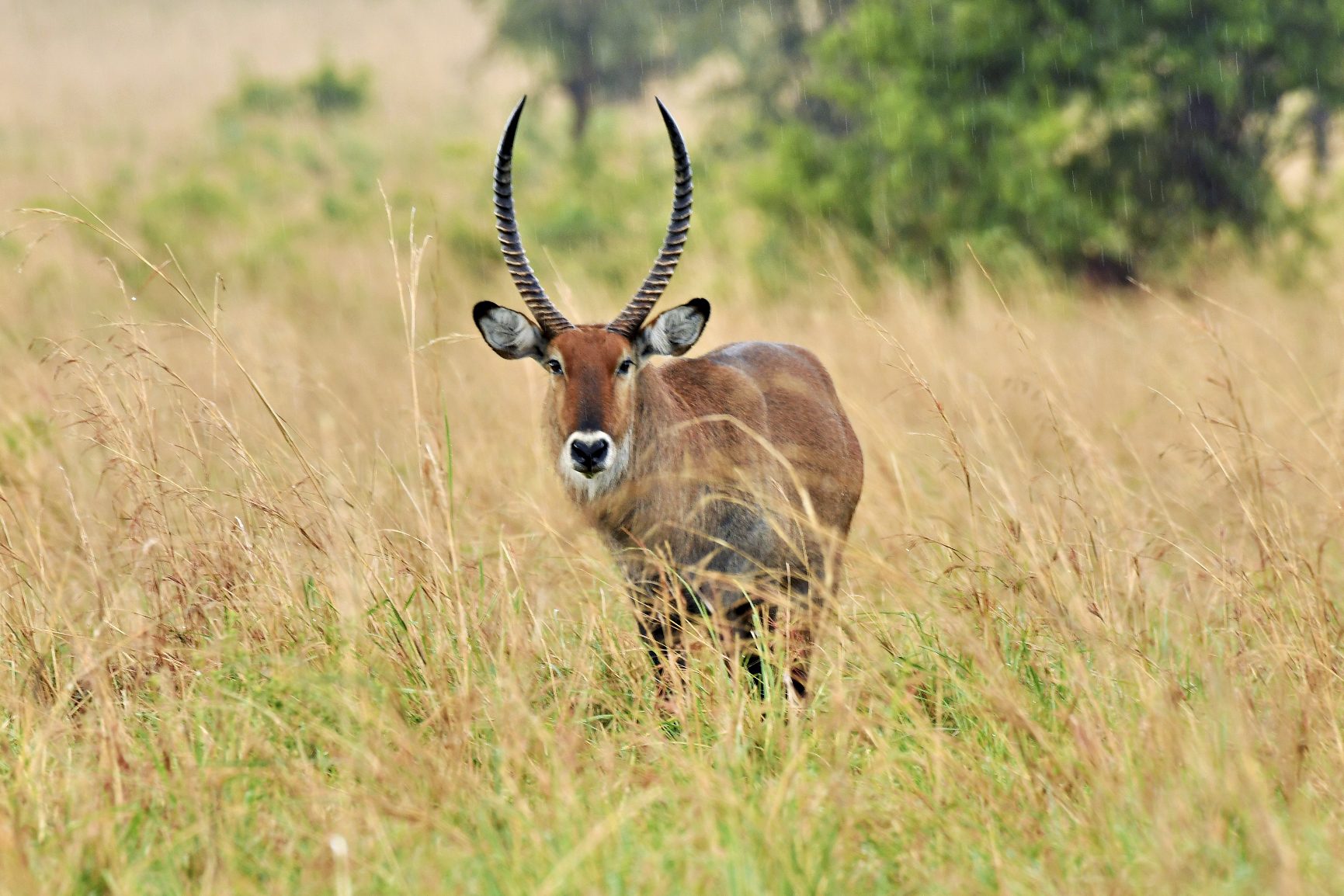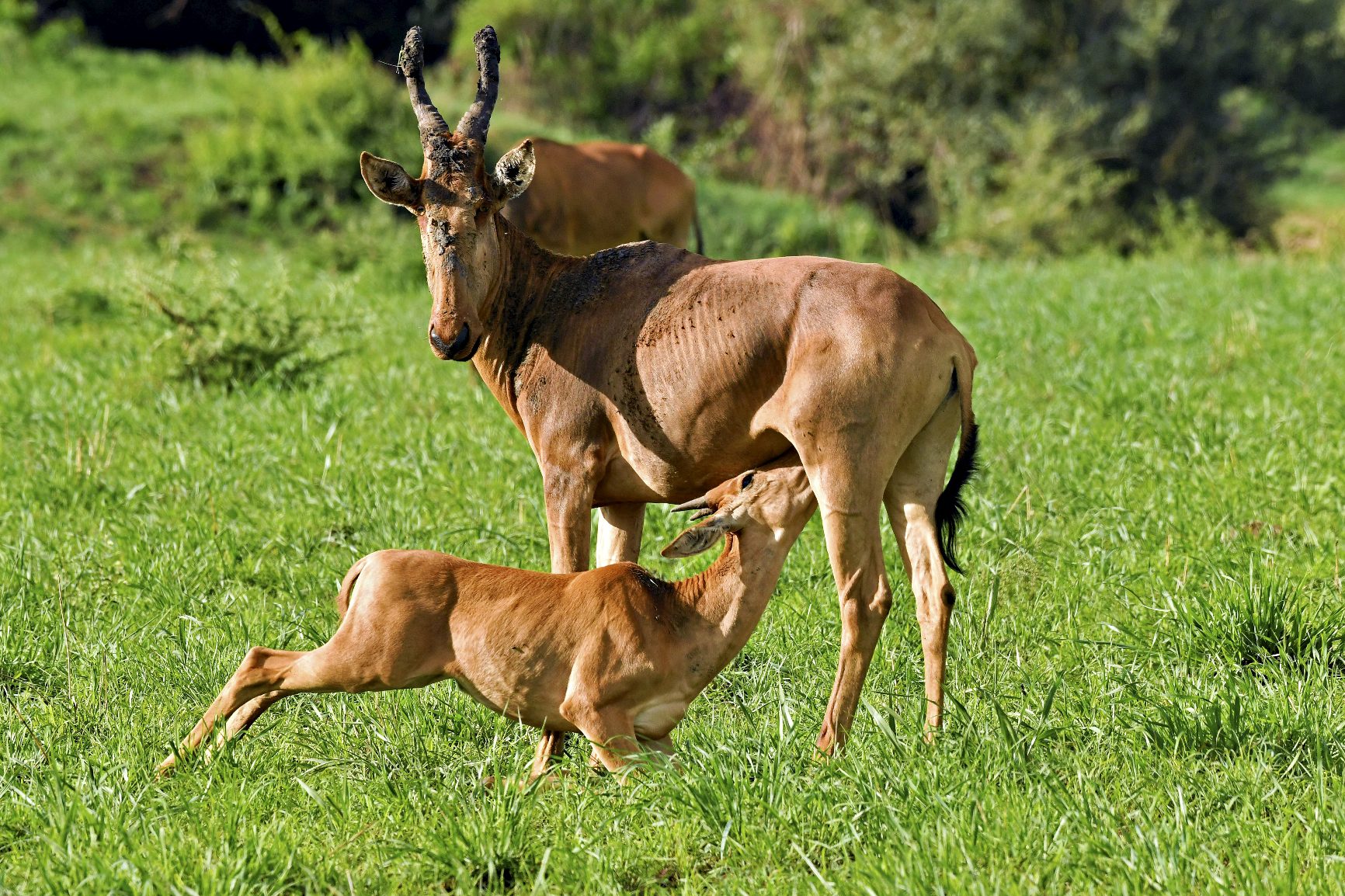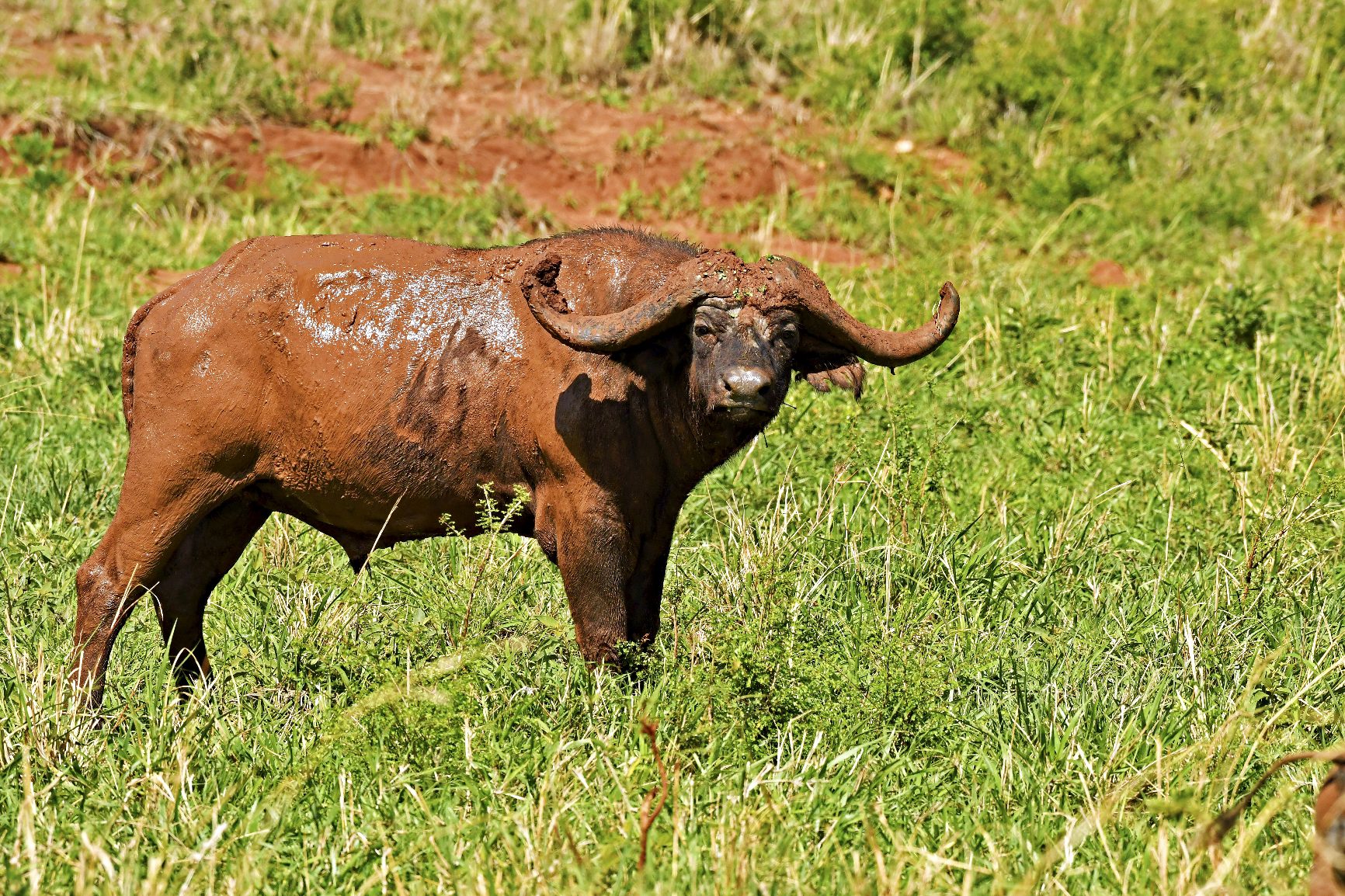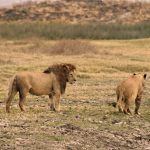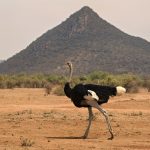SERENGETI NATIONAL PARK
Serengeti National Park is a transition area, with distinct changeovers going from rich flat soils, to poor hilly soils in the north, attracting a wide variety of vegetation and animals. Whether you are looking for big cats, birds or even smaller creatures: Serengeti National Park delivers. Even to understand and experience just a small part of this ecosystem, will change your vision on our world and the environment.
Stretching along a vast plateau between the eastern arm of the rugged Rift Valley and the huge expanse of Lake Victoria, the park covers an immense 14 800 km² (5 700 square miles) on Tanzania’s northern border with Kenya. The park is famous for its vast, open grasslands, which allow for excellent sightings of the abundant wildlife. Tanzania’s oldest game reserve, it is also one of the oldest ecosystems on earth and its climate and vegetation have remained largely untouched for millions of years.
While the Serengeti boasts incredible numbers of resident wildlife, it is perhaps best known as the site of the annual Great Migration, when an estimated three million antelope – mostly wildebeest — migrate to Kenya’s Masai Mara Game Reserve. One of the greatest spectacles in the natural world, the migration follows the seasonal rains, spending the wet season on the south eastern plains of Tanzania and the dry season in the woodlands of north western Kenya. Between January and March the wildebeest give birth on the short grass plains of the south eastern Serengeti. This time of year attracts a vast plethora of predators, from lion to hyena, leopard and cheetah. As the grazing runs low in this area the wildebeest move to the central Serengeti and then the Western Corridor before crossing the Grumeti and Mara Rivers on their journey south in Kenya. Braving the jaws of some of Africa’s largest crocodiles, the river crossings are always a dramatic and emotional sight.
Serengeti National Park: The Experience (Migration)
For many, the Serengeti’s No. 1 attraction is the opportunity to witness the Great Migration. Many safari operators and mobile camps are dedicated to putting you at the heart of the action; whether that’s watching newborn calves take their first steps in the grasslands of the south, or experiencing the drama of a Mara River crossing. To view the migration, you’ll need to time your trip carefully, as the herds’ movements are dependent on the rains and can change from year to year. Regardless of when you travel, a standard game drive gives you a front-row seat to the Serengeti’s incredible biodiversity.
However, if you want to see the wildebeest migration, the herds gather in the south from December to May, then move into the Western Corridor from May to July. To see the herds crossing the Mara River, you’ll need to be there in July, August, or November.
Serengeti National Park: Birdlife
The Serengeti has more than 500 bird species recorded, and the Serengeti-Mara ecosystem is one of Africa’s Endemic Bird Areas (land important for habitat-based bird conservation containing restricted-range bird species), hosting five bird species found nowhere else.
These specials are easy to locate within their restricted range. The grey-breasted spurfowl is common in the Seronera area. In woodland areas, parties of Fischer’s lovebird draw attention to themselves and the rufous-tailed weaver is a fascinating bird placed in its own genus. The other two endemics are the Usambiro barbet and the grey-crested helmet-shrike. Migratory birds are present from November to April.
For more information, Go TO
SERENGETI NATIONAL PARK WEBSITE

